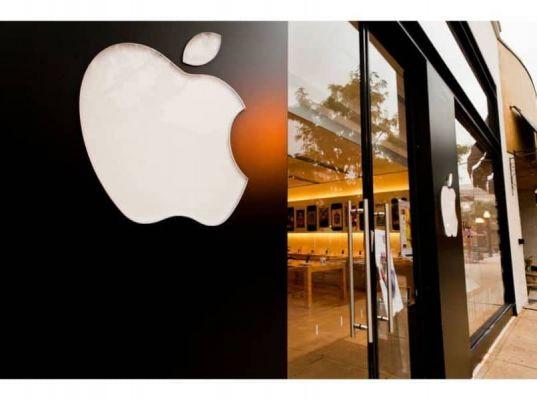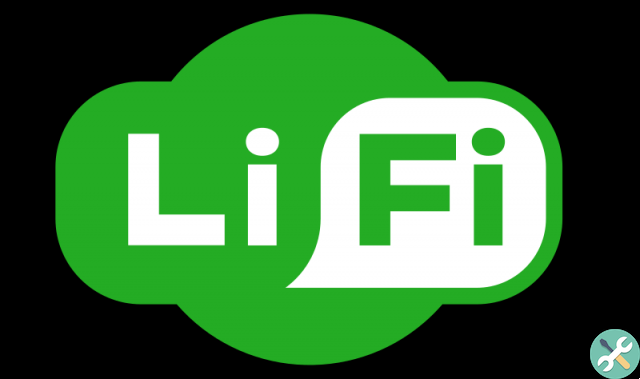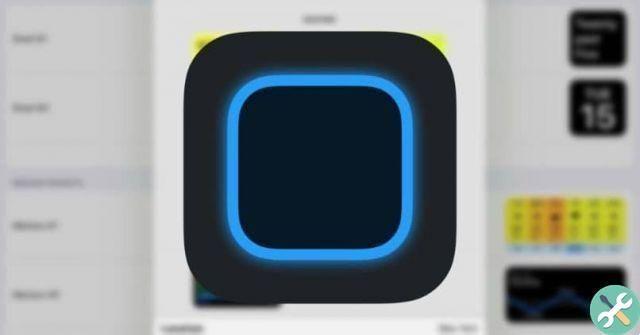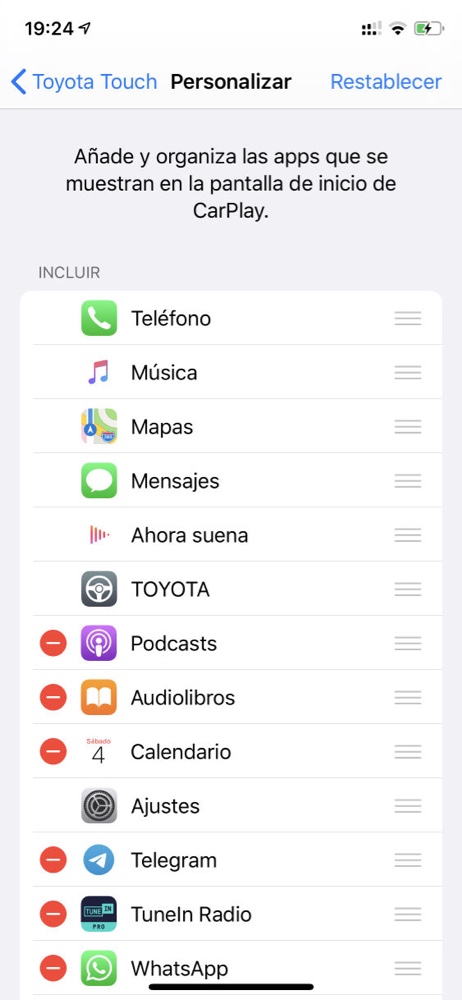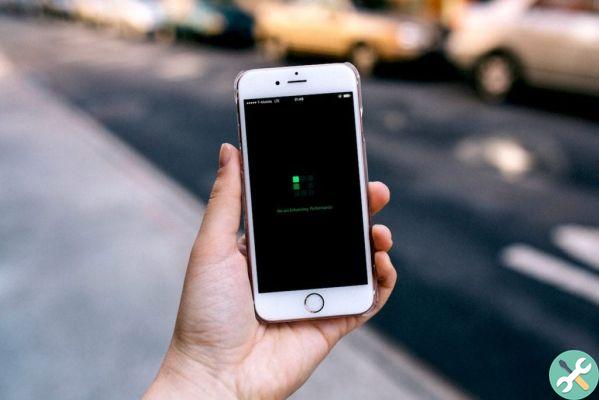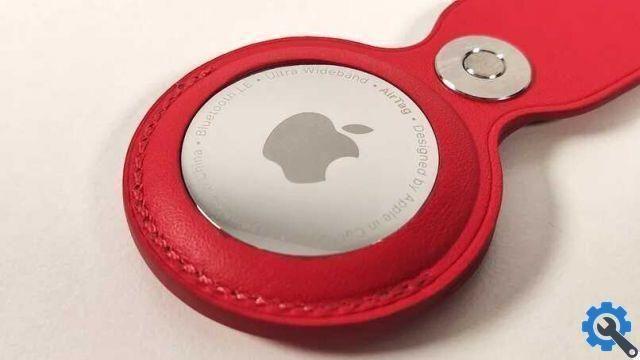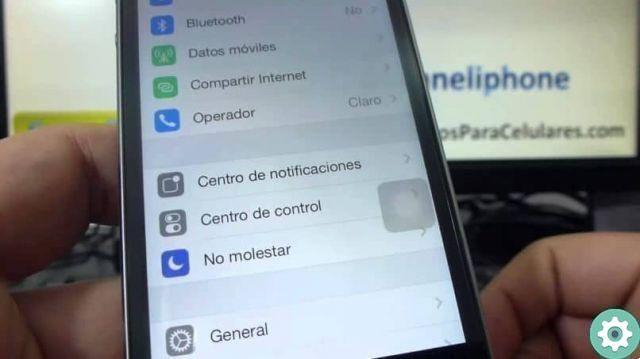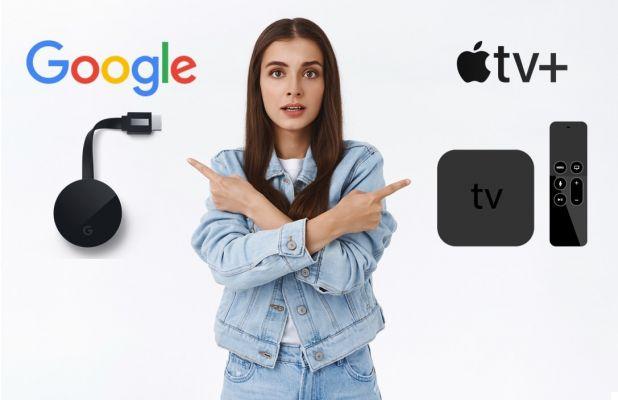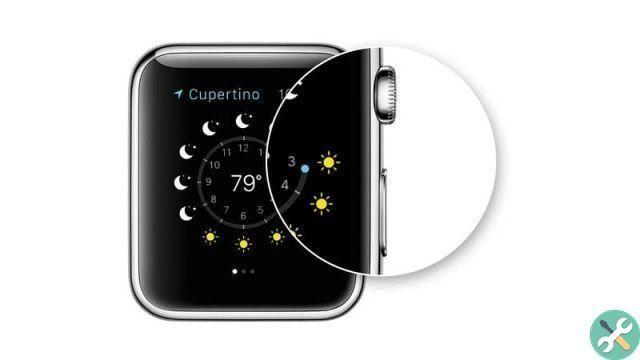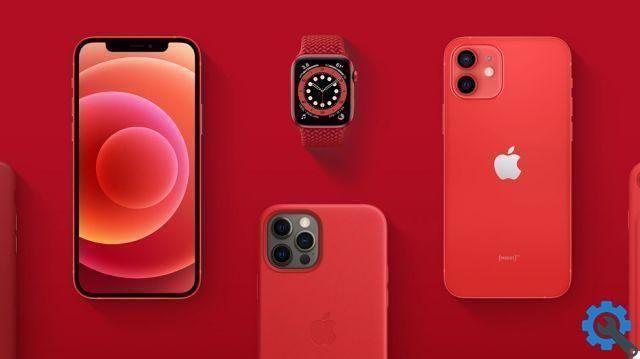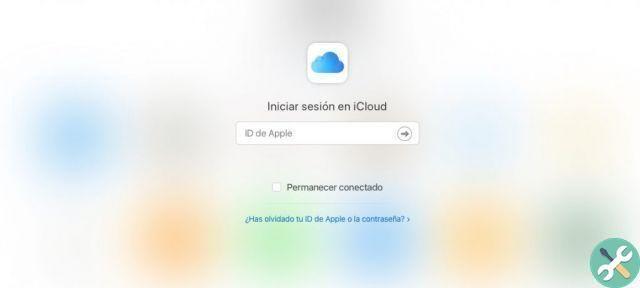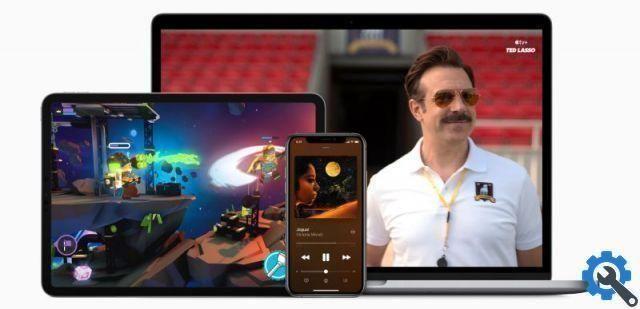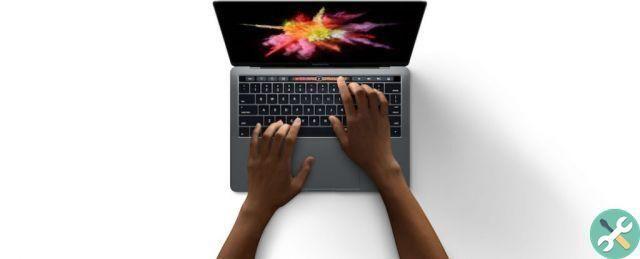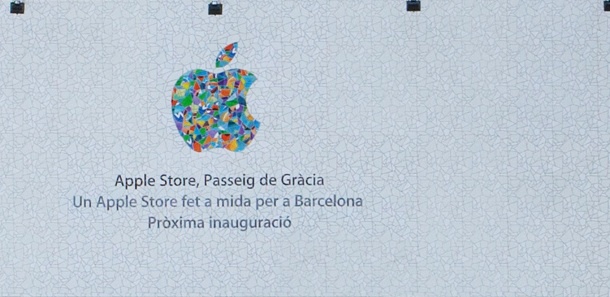On numerous occasions we have talked about how little Apple's wrist shakes when using the blade with those products that do not meet expectations, both in product development and in market behavior (read in sales).
Apple is not a particularly patient company, and they like that each product has autonomy and an autonomous growth plan, a bit as if each were the product on which the entire company depends.
If an opportunity is given and the product does not perform as expected, or if correcting the deficiencies that motivate this bad behavior in the market is too costly or labor-intensive, or even if, working well, it encounters difficulties in developing later versions, Apple loses. quickly interest and move on to the next product, to continue testing.

While it can be called a trial and error technique, in Apple's case it is more (fortunately) trial and success, which makes these deaths even more notable.
This spring Apple surprised two products by passing through the guillotine that had a large presence in the minds of Apple fans, regardless of whether they were sold in the necessary quantity or not.
Despite everything, the iMac Pro and HomePod deaths happened for very different reasons, as we'll be next.
L’iMac Pro

The reason for the declassification of the iMac Pro is marked by an acronym already well known among Apple enthusiasts: M1
The benefits of creating an iMac using Apple's proprietary card, both in terms of power, energy savings, RAM management, perhaps even in price, etc. there is no point in having an even more expensive and less powerful Intel-based product.
So, with the announcement of the new iMac M! In the making, Apple has preferred to remove all iMac Pro inventory from warehouses, so that when the new chipset makes its appearance in the range there will be no products that anyone will buy, by price and by outdated.
Recall that the iMac Pro, as the name suggests, was aimed at the more professional sector, but that doesn't need or can't afford a Mac Pro.
If the computational leap that Apple has prepared with the iMac M1 is as great as the products presented so far seem to promise, that product (an iMac based on Intel chips) would end up being relegated to some corner of the web, waiting to sell the latest one and be able to remove it.
Better to do it over time and that anyone who wants these machines can get them by paying full price.
This only adds to the expectations and desire for M1 iMacs to get to see what Apple has accomplished in this area.
HomePod
For the more veterans, the history of the HomePod will sound familiar, because Apple already ventured into the desktop speaker segment years ago… with a similar result.
The iPod Hi-Fi

THE iPod Hi-Fi is a hi - fi speaker created by Apple for use with the iPod. It was released on February 28, 2006 and canceled on September 5, 2007.
It was shaped like a white box with the speaker output section in black. Its dimensions were 43,18cm x 16,76cm x 17,53cm.
Its price was $ 349
L’HomePod

The HomePod was introduced on June 5, 2017, and Apple confirmed it would be abandoned on March 3, 2021.
It was a speaker that offered some unique qualities that set it apart from the competition, such as ambient sensing, Dolby Atmos sound, plus seven tweeters and a subwoofer.
The HomePod went on sale for $ 349, although it was later lowered to $ 299. In Spain it costs 329 €
While critics hailed the HomePod's sound fidelity and enveloping ability to fill a room, they all agreed that it was an expensive product, bordering on true hi-fi products that offered better sound.
As we know, once a product has established itself in the consumer's mind as "expensive", it is virtually impossible to make it popular.
In the HomePod mini, Apple ditched the more advanced features and focused on popularity - size and price, while delivering great sound, more on par with the price.
Unlike the iMac Pro, where the reasons for the end of its path are clear, in the case of the HomePod it is more a question of survival of the species.
The HomePod range will continue, but only the smallest, most agile and versatile ones will survive.
As we've ever written, the fact that the HomePod requires you to always be plugged in is a limitation that excludes younger users, who use the speakers as a replacement for headphones, carrying them from room to room as they move.
Future variants of the HomePod will definitely have a battery, water resistance, etc. so you can compete where the greatest number of potential buyers are.
And who knows, when in a few years that generation that grew up with the loudspeaker on full blast on the street, at home, in the car, will mature and settle down, will want a better sounding speaker and will no longer be like that. important to always have it connected ... maybe then the HomePod will come back to life.
But for now, the future is in mobility and the HomePod as we know it has no place in that ecosystem.
What's next on your list, Apple?




